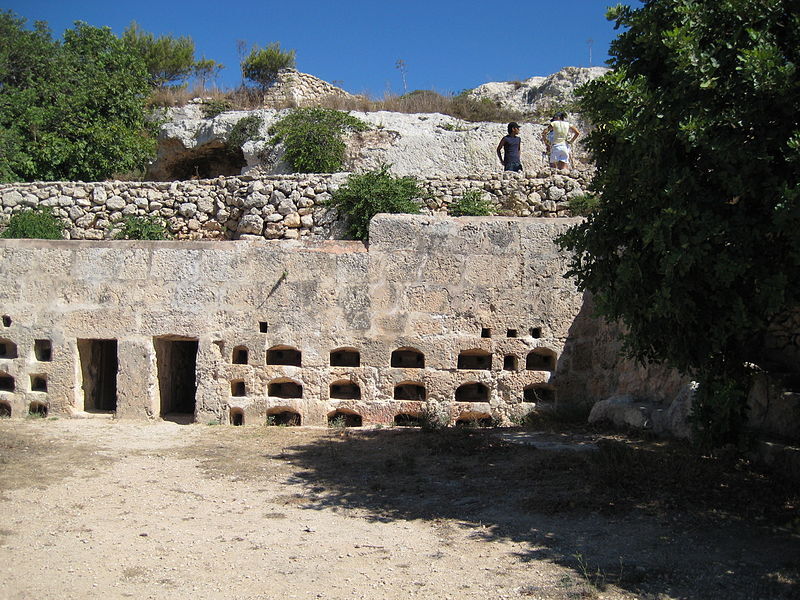Apiary
Honey was a very important substance in Roman society. They often utilized apiaries (pictured above) for beekeeping purposes. These apiaries were giant and could hold over a hundred beehives at a time. They allowed for effortless access to the honey as the beekeeper had plenty of room to go behind the hives and extract the honey. This extracted honey had many uses in Rome. Of course, honey was used in the preparation of food to make it sweeter. In the first century A.D., Apicius, a famous Roman gourmet, created a cookbook in which over half the recipes included honey. Honey also had medical uses in Roman society. Romans often used honey to treat skin conditions, reduce inflammation, and ease the pain of any wounds. As it relates to alcohol, honey was often added to wine to produce a sweeter flavor 2. This mixture of wine and honey is called mulsum, and it was consumed very often by the Romans. Mulsum can be made with a warm half cup of clear honey added to a bottle of medium white dry wine, then chilled before drinking. This drink of honey and wine was served at Roman bars, often to low-class citizens and enslaved people. Along with consuming mulsum, these low-class citizens would spend their time socializing and gambling at the bars. Despite these bars being frowned upon by the Roman elites, the non-elites were able to enjoy their time there, largely by drinking this honey-infused wine.
Sources2 (Dalby 2000 ,101-103) The Classical Cookbook by Andre Dalby and Sally Graingerhttps://www.ncbi.nlm.nih.gov/pmc/articles/PMC3758027/https://blogs.kent.ac.uk/lucius-romans/2016/07/15/visiting-a-bar-in-ancient-rome/
